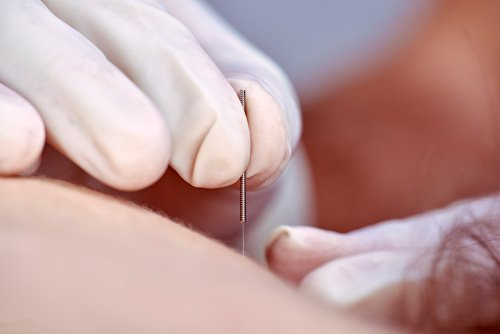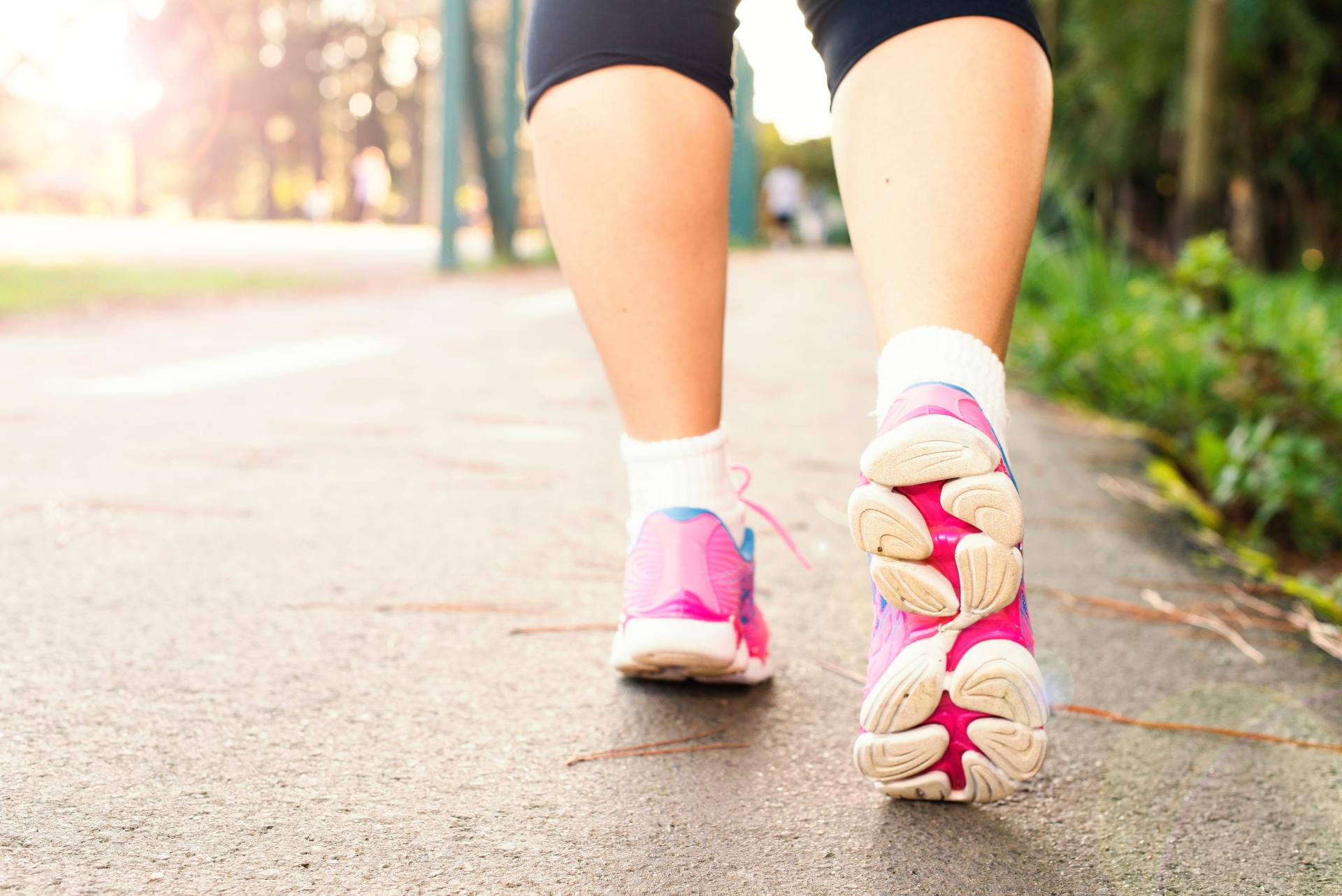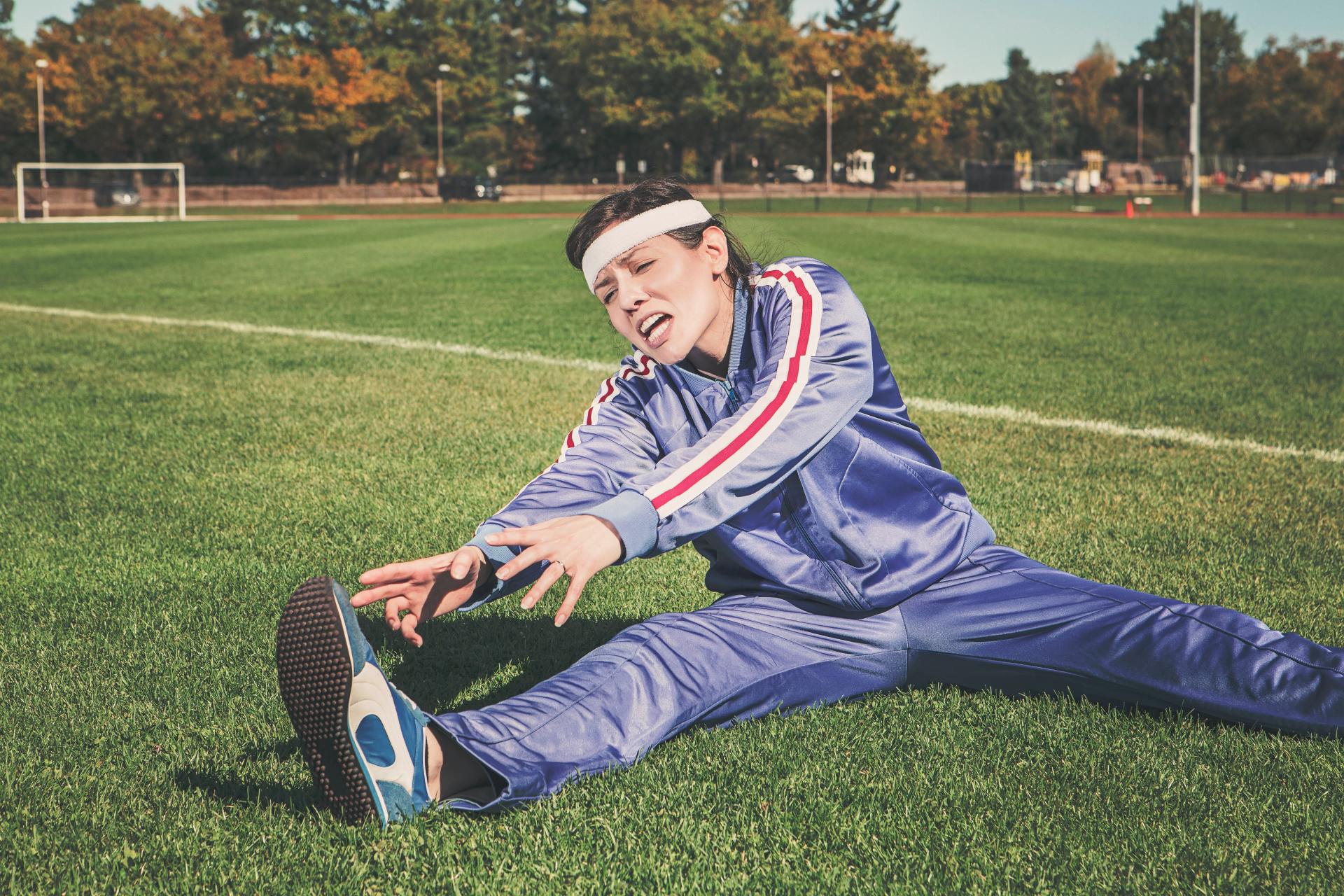The Top 5 Questions Answered about Dry Needling
Caitlin Cavarra, PT, DPT, OCS • March 3, 2021
The Top 5 Questions Answered about Dry Needling
Have you ever heard of dry needling? What comes to mind? This technique has been a 'buzz word' lately and many clients are asking if dry needling will help them. You may have questions...we have answers for you!
1. What is Dry Needling?
Dry needling is a skilled intervention performed by Physical Therapists that uses a thin filiform needle for the treatment of neuromusculoskeletal pain and movement impairments. The technique uses a "dry” needle, one without medication or injection, inserted through the skin into areas of the myofascial trigger points, muscular and/or connective tissues. Dry Needling can reduce pain inputs, improve flexibility in muscles and help your muscles function more efficiently. To get the best results from dry needling, your physical therapist will likely use the technique in combination with exercises or other interventions.
This is a question we often get in our clinic as Dry Needling has gained more popularity in the Physical Therapy world in past several years. As with the answer to anything in the healthcare world…it depends! It depends on your condition, your health history, your injury and many other factors. However, there are many conditions that do greatly improve with dry needling!
The most common conditions treated with positive outcomes include: back pain, rotator cuff issues, hip pain and tightness, tennis elbow, TMJ, tight calves, neck pain and tightness. There are also other issues where dry needling can be effective in promoting the healing process, but these are the most common ones we treat at Chattanooga Physical Therapy.
3. How is Dry Needling different from Acupuncture?
The practice of acupuncture by Acupuncturists and the performance of dry needling by Physical Therapists differ in terms of historical, philosophical, and practical context. The performance of modern dry needling by Physical Therapists is based on Western neuroanatomy and modern scientific study of the musculoskeletal and nervous system. Physical Therapists who perform dry needling do not use traditional acupuncture theories or acupuncture terminology.
4. How Does it Work?
Dry Needling affects many different systems in our body. At this time, it is mostly theoretical exactly how dry needling works. One theory is dry needling promotes healing to the desired tissue by increasing the pH of the area which will reduce pain and the pain threshold. Another way dry needling is believed to work is by increasing oxygen and blood flow to the area which facilitates muscular relaxation. Dry Needling also inhibits pain chemicals that increase inflammation and pain.
5. What Should I Expect?
There can be some discomfort with the sharpness of a needle initially, but once the needle is inserted there is not much pain associated with the technique. The needles are very small and they glide through tissue versus feeling like a shot and being “stuck”. You may feel an achiness sensation or your similar pain but it dissipates within minutes. You should expect to quickly gain freedom of movement, less tightness and pain!
In conclusion, dry needling can be another valuable treatment option in physical therapy to reduce pain, promote healing and relax tight muscles.
This is a safe and proven technique that can be used for a variety of conditions to speed up the rehabilitation process. Current research shows the best outcomes occur when dry needling is combined with other treatments. Ask about dry needling today at
Chattanooga Physical Therapy!
References
1. Cummings MT, White AR. Needling therapies in the management of myofascial trigger point pain: a systematic review. Arch Phys Med Rehabil. 2001;82(7):986–992.
2. Kalichman L, Vulfsons S. Dry needling in the management musculoskeletal pain. J Am Board Fam Med. 2010;23(5):640–646.









